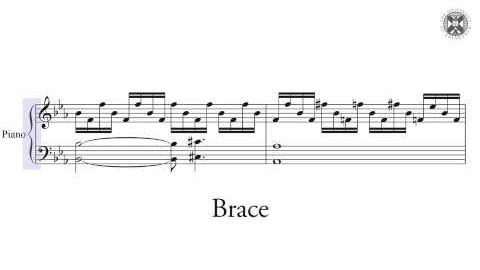
字幕と単語
講義2.5 - 帳面線と五線譜 (Coursera - 音楽理論の基礎12) (Lecture 2.5 - Ledger Lines and Clefs (Coursera - Fundamentals of Music Theory 12))
00
songwen8778 が 2021 年 01 月 14 日 に投稿保存
動画の中の単語
bit
US /bɪt/
・
UK /bɪt/
- n.馬銜(はみ);少し : 部分;ビット;錐;小銭;ちょっとしたこと
- v.i.魚が餌に食らいつく
- adv.少し
- v.t.噛んだ
- idiom全く~ない;自分の役割を果たす
A1 初級
もっと見る エネルギーを使用
すべての単語を解除
発音・解説・フィルター機能を解除
